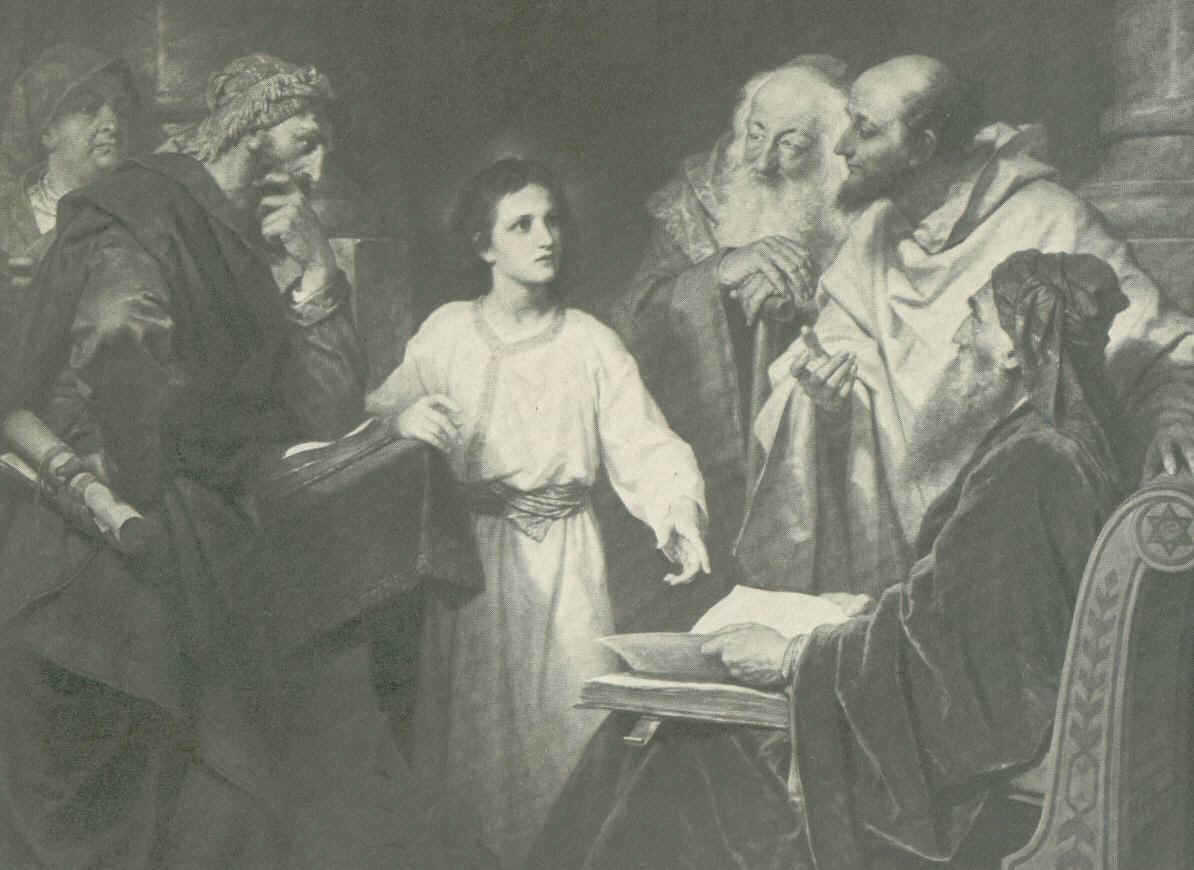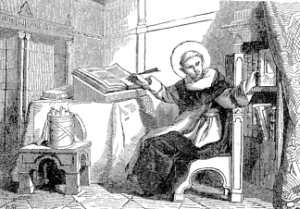Thoughts on ‘Vos estis’
Pope Francis’ m.p. Vos estis has provoked a range of popular reactions from “it’s a good start” to “it does not go far enough”. JD Flynn provides an informed overview here. Kurt Martens provides good remarks here. I limit my thoughts to some technical aspects of Roman canon law occasioned by VE.
1. The controlling text of VE is Italian, serving the short term convenience of the Roman Curia and contributing to long term inconvenience for canonistics. Translations in several modern languages appeared simultaneously facilitating implementation.
2. VE addresses some behaviors already criminalized in the Code of Canon Law, esp. acts recited in Canons 695 and 1395, and seems to introduce some new crimes (VE 1, e.g., that of interfering with criminal investigations). Both approaches contribute to the growing disconnect (occasional under John Paul II, increased under Benedict XVI, and common under Francis) between codified law and other ecclesiastical disciplinary provisions, even in regard to key matters such as sexual misconduct. See, e.g., successive versions of John Paul II’s m.p. Sacramentorum sanctitatis tutela (30 apr 2001, etc.) and Francis’ m.p. Come una madre (04 jun 2016). Such disconnects can lead to inconsistent treatments of some topics while letting other matters fall between the cracks. A unified, legislatively sound treatment of clergy and religious sexual misconduct is needed.
3. Sexual acts performed by clerics and/or religious with consenting adults, though sacrilegious by their very nature and often extremely disruptive to the faith community (think, adultery between a pastor and a member of the parish or a religious’ participation in ‘adult pornography’ rings), are still not criminalized.
4. Some “crimes against the Sixth Commandment” are usefully identified in VE but the actual phenomenon, and specifically what constitutes a “sexual act”, is not canonically defined. Consultation with approved authors (Pio-Benedictine and Johanno-Pauline) is still necessary. See, e.g., my identification of works by moral theologians useful for canonical consultation in E. Peters, “Applications of the Essential Norms in cases of doubt”, Roman Replies and CLSA Advisory Opinions (2009) at 133-138.
5. The seal of confession (cc. 983, 1388) is not directly referenced in VE but is indirectly affirmed by the document’s deference to Canon 1548 (which in turn leads to Canon 1550 rendering confessors “incapable” of testifying about matters subject to the seal). There is no question of the Church abandoning the seal, of course, but a more vigorous assertion of the inviolability of the sacramental seal in a document such as this one would have been helpful in other, chiefly civil law, contexts.
6. Potential conflicts between arch/diocesan curial confidentiality obligations (c. 471) and the reporting requirements of VE seem resolved in favor of VE. Possible conflicts, however, between the specific immunity of clergy from disclosing matters known to them “by reason of sacred ministry” (c. 1548) and VE is more problematic. Assuming one can arrive at an accurate understanding of what it means “to know” something “by reason of sacred ministry”, then favoring the immunities in Canon 1548 undercuts the effectiveness of VE, obviously, while favoring the obligations as presented in VE puts an onerous burden on individual clergy to determine what they may and may not disclose, and, over time, could have a chilling effect on the willingness of persons to seek advice from clergy about moral matters if those same matters might have legal ramifications.
7. The investigatory duties of “metropolitans” (basically, archbishops) as investigators represents an augmentation of their authority as envisioned by Canon 436 § 2.
8. The expression of the presumption of innocence (VE 12 § 7) is perhaps useful against the real or perceived predilection among bishops to assume the worst about clergy accused of sexual misconduct these days, but it should have needed no affirmation in light of, say, Canons 18 and 221, and Regula Iuris 49 (1298).
9. The requirement of monthly investigation updates (VE 12 § 8) is remarkable. The requirement that investigations be completed within 90 days (VE 14), even if subject to extension by Roman authorities, is unrealistic.
10. Payment for the professional services of “qualified persons” who assist in the investigations (VE 13), though not expressly mentioned, seems anticipated by the fund to be set up under VE 16. But, while it is appropriate that arch/dioceses and religious institutes bear the costs of investigating their own, the Holy See should bear the costs of investigating those covered by Canon 1405 (chiefly, arch/bishops, cardinals, and papal legates, i.e., officials regarding whom local Churches had no voice and over whom they have no authority).
A word on lay involvement in episcopal disciplinary matters: Against those who maintain an absolute bar to lay authority over clergy (exaggerating Canon 129), I think real authority over clergy is not only possible for lay persons, but it has already appeared in a couple of places in the Code (though not in matters relevant to the issues in this post). That said, however, the ecclesiological obstacles to authoritative “lay involvement” in episcopal disciplinary matters are formidable and, in my view, ultimately insurmountable (lsms, see Canon 336). Christ founded his Church on popes and bishops, and He knew what He was about when He did so; the solution to the clergy sexual abuse, and to the hierarchic failings related to that abuse, must be found within that structure, not a new one.
11. The three-year “experimental period” for operating under VE, recalling that one of those years is available for establishing the basic mechanisms under which VE will operate (VE 2 § 1), seems unduly short, especially in that VE was issued as a papal motu proprio, meaning that the document can be modified or scrapped by the pope at anytime he wishes.
12. Statutes of limitations for criminal acts (“prescription”) play a very important role in the order of any society, but in canon law they are becoming unnecessarily complex. Against the background of codified law on prescription (which sets frustratingly short periods for investigation and prosecution per cc 1362-1363), some crimes against chastity are already subject to special periods of prescription per Sacramentorum, and now VE seems to introduce additional offenses, which might (or might not) be reserved to CDF and thus might (or might not) be subject to different statutes of limitation. Some clarifications would be helpful regarding periods of prescription and the possible reservation of certain offenses to CDF.
13. Some oddities remain in VE, including: restricting the choice of notary (a minor office, c. 483 § 2) to priests in cases where the reputation of a priest might be called into question—even though numerous laypersons can be involved in the case in much more important roles; expressly mentioning personal prelatures (currently, only one in the world) as being covered by VE but not likewise mentioning personal ordinariates; leaving unaddressed the scope of confidentiality obligations, if any, on those conducting investigations (as opposed to, say, those making reports); the ambiguous scope given to a suspect’s or an accuser’s right to counsel; and so on. Some of these issues can be resolved by practice of course, while others (such as prohibiting lay notaries in clergy misconduct cases) need simply to be abandoned.



Comments are closed.